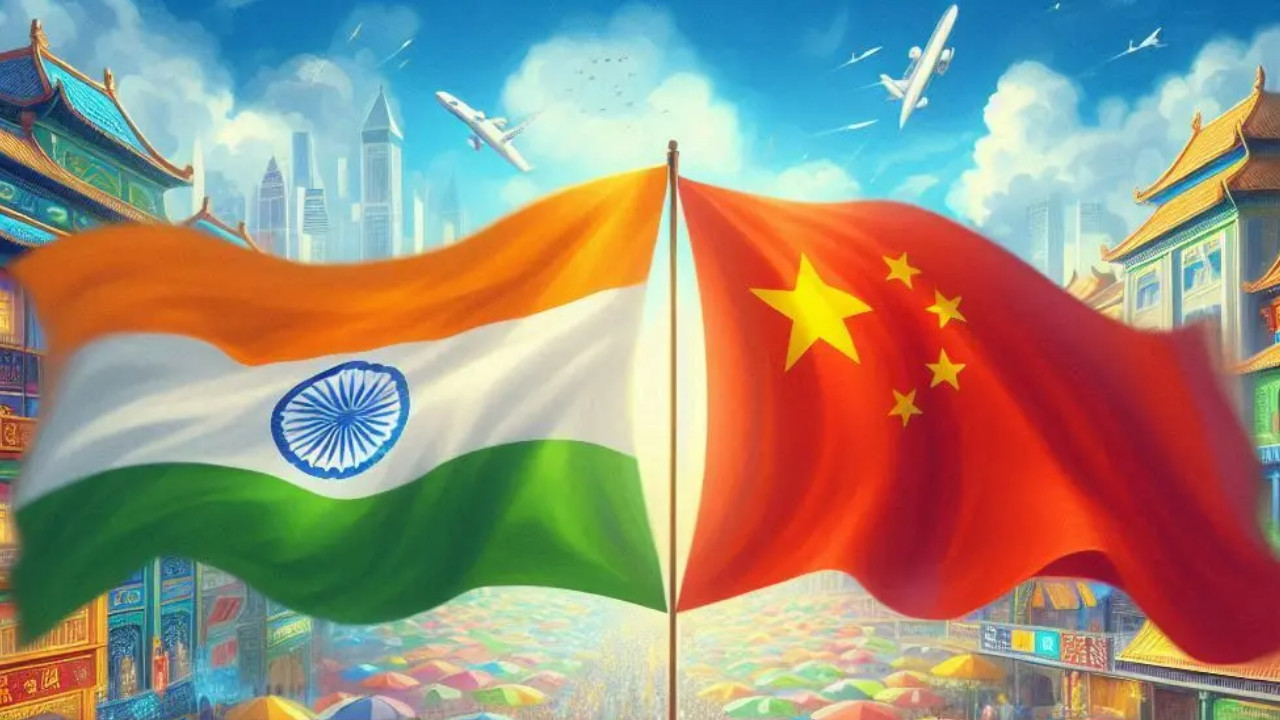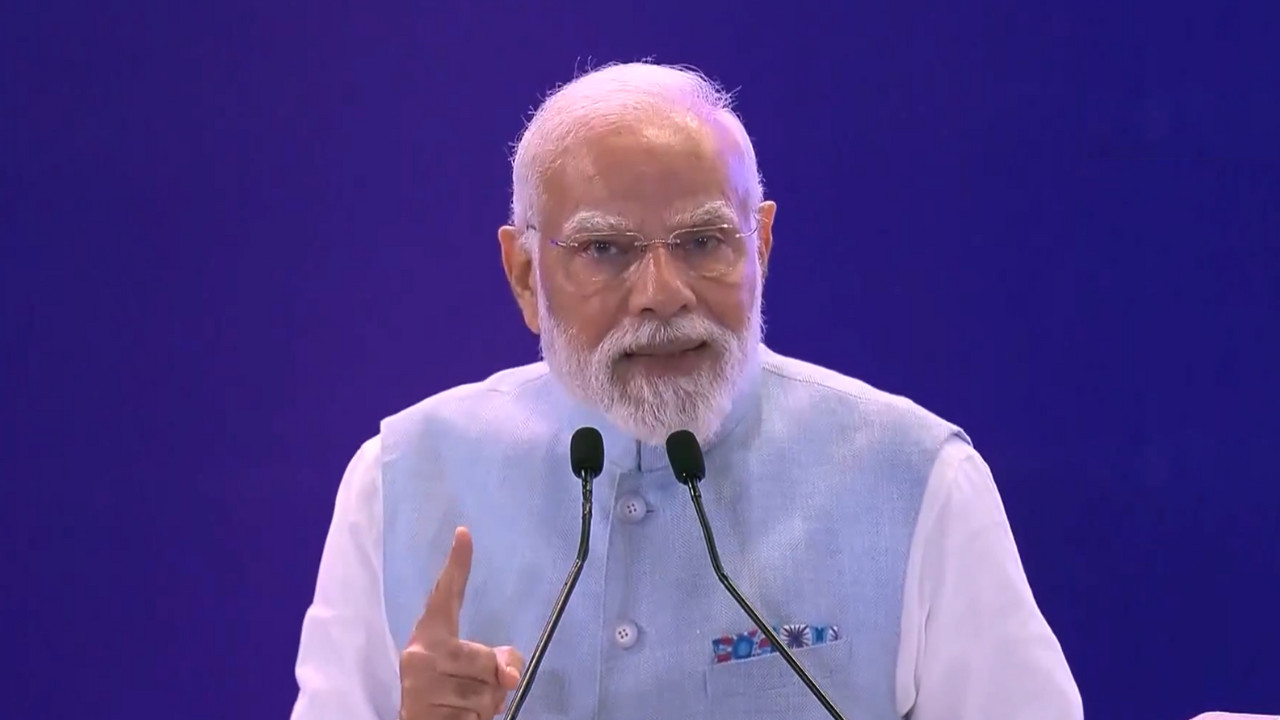NITI Aayog CEO BVR Subrahmanyam warned India risks losing global market share without increased exports to China and reduced import duties on raw materials. He stressed Asia’s economic importance, particularly China’s $15 trillion economy, for boosting Indian manufacturing exports. The report highlighted India’s underperformance in sectors like footwear due to high tariffs compared to competitors.
Is India Ceding Trade Territory? Navigating the Export Landscape
The global trade winds are constantly shifting, and India finds itself at a crucial juncture. Recent observations from the CEO of NITI Aayog paint a picture of both opportunity and challenge, suggesting that India might be losing ground in the international trade arena, particularly when compared to China’s dominance. The key takeaway? Strategic intervention is needed to bolster India’s manufacturing export capabilities.
For years, India has aspired to be a major player in global manufacturing, leveraging its skilled workforce and growing economy. However, becoming a global manufacturing hub requires more than just ambition; it demands a calculated approach to trade policies, infrastructure development, and cost competitiveness. Are we hitting the mark? The current analysis suggests there’s room for significant improvement.
The China Factor and India’s Manufacturing Exports
China’s economic juggernaut has been built, in part, on its export prowess. Its ability to produce goods at scale and at competitive prices has made it a dominant force in global markets. India, while possessing immense potential, hasn’t quite replicated this success. The NITI Aayog CEO’s remarks underscore the need to understand China’s strategies and identify where India can learn and adapt. It’s not simply about competing head-to-head in every sector, but rather about finding niche areas where India can establish a strong competitive advantage.

One critical aspect mentioned is the importance of reducing tariffs on key inputs. Indian manufacturers often face higher costs for raw materials and components compared to their counterparts in other countries. These tariffs add to the overall cost of production, making Indian goods less competitive in the global market. Lowering these barriers could be a game-changer, enabling manufacturers to access materials at more favorable prices and boosting their export potential. This echoes a concept explored in our previous article about supply chain optimization.
Strategic Tariff Reductions: A Path to Competitiveness
The call for tariff cuts isn’t a new one, but its renewed emphasis highlights its urgency. Policymakers must carefully consider which inputs are most critical for key manufacturing sectors and strategically reduce tariffs on those items. This requires a nuanced approach, taking into account the potential impact on domestic industries and ensuring that the benefits outweigh any potential drawbacks. A well-planned tariff reduction strategy could be the catalyst that propels India’s manufacturing sector forward.
Furthermore, improving infrastructure is paramount. Efficient transportation networks, reliable power supply, and modern logistics facilities are essential for supporting manufacturing activities and facilitating exports. Investments in these areas are crucial for reducing transportation costs, minimizing delays, and improving overall efficiency.
Beyond Tariffs: A Holistic Approach to Boosting Exports
While tariff reductions are a vital piece of the puzzle, they are not the only solution. India needs a comprehensive strategy that addresses a range of factors affecting its export competitiveness. This includes simplifying regulations, promoting innovation, investing in skills development, and actively seeking out new markets. Streamlining bureaucratic processes can significantly reduce the time and cost associated with exporting, making it easier for Indian businesses to compete globally.
Moreover, fostering innovation and technological advancements is crucial for creating higher-value products and services that can command premium prices in international markets. Investing in research and development, supporting startups, and promoting collaboration between industry and academia can help drive innovation and create new export opportunities.
Developing a skilled workforce is also essential for supporting a thriving manufacturing sector. Investing in vocational training and technical education can ensure that Indian workers have the skills needed to meet the demands of modern manufacturing processes.
Ultimately, strengthening diplomatic ties and actively seeking out new markets will be necessary for India to diversify its export portfolio and reduce its dependence on any single market. Trade agreements and partnerships with other countries can open up new opportunities for Indian businesses and help them access new customers.
Reclaiming Trade Territory: A Call to Action
The message from NITI Aayog’s CEO is clear: India must act decisively to strengthen its manufacturing export capabilities. While the challenges are significant, so too are the opportunities. By implementing strategic tariff reductions, investing in infrastructure, promoting innovation, and developing a skilled workforce, India can reclaim lost ground and establish itself as a major force in global trade. The time for action is now. A proactive and well-coordinated approach is essential for securing India’s future as a leading manufacturing and exporting nation.







